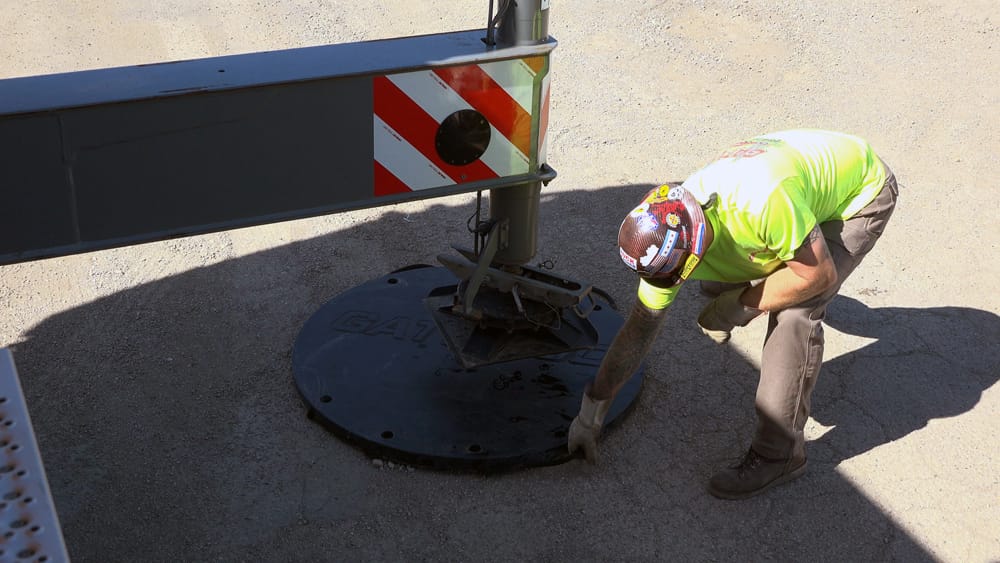The Hidden Dangers of Unstable Operations
February 19, 2025
General Information, Ground Conditions, News, Outrigger Pad Quality, Uncategorized

Crane operations are inherently complex.
Uneven ground, shifting loads, and unpredictable weather can all compromise stability, creating a perfect storm for accidents. Without proper stability measures, even minor oversights can lead to equipment tipping over, load drops, or catastrophic failures.
The Occupational Safety and Health Administration (OSHA) cites stability-related issues as a leading cause of crane-related accidents. These incidents not only endanger lives but also result in costly downtime, liability issues, and damage to your company’s reputation.
Key Stability Tools Every Safety Manager Should Know
To mitigate these risks, investing in the right stability equipment is critical. Here are the essentials every safety manager should have on hand:
- Outrigger Pads: These provide a stable base for cranes, distributing weight evenly across a larger surface area and preventing ground shifts.
- Ground Mats: Designed to improve traction and stability on uneven or soft terrain, ground mats ensure cranes and heavy equipment remain secure.
- Cribbing Blocks: Used for additional support under outriggers or as stackable solutions for uneven loads, cribbing blocks enhance stability where needed most.
- Wheel Chocks: Simple but effective, wheel chocks prevent unintentional movement of load-handling equipment such as bucket trucks, Aerial Work Platforms, and other vehicles during operation.
At Bigfoot, our stability products are engineered to withstand the most demanding conditions, giving you peace of mind on every project.
Best Practices for Crane Stability Management
To maximize crane stability and ensure workplace safety, Safety Managers should implement these best practices:
- Assess Ground Conditions: Conduct a thorough inspection of the ground before setting up the crane. Identify soft soils, slopes, or uneven areas that may require additional stability measures.
- Choose the Right Equipment: Match your stability tools to the specific requirements of your crane and job site. Bigfoot offers a wide range of customizable solutions to fit your needs.
- Regular Inspections: Inspect all stability equipment regularly for signs of wear and tear. Replace damaged items promptly to maintain effectiveness.
- Train Your Team: Ensure crane operators and ground crews are trained to identify stability risks and understand the proper use of stability equipment.
- Monitor Conditions Continuously: Job sites are dynamic environments. Monitor changes in ground conditions, weather, and load requirements throughout the operation.
How Bigfoot Supports Safety Managers
At Bigfoot Construct Equipment, we don’t just provide products—we partner with Safety Managers to ensure job site success. Our outrigger pads, ground mats, cribbing blocks, and wheel chocks are designed with safety and durability in mind, meeting the highest industry standards.
By choosing Bigfoot, you gain access to:
- a comprehensive range of stability solutions tailored to your needs.
- expert guidance from a team that understands the challenges of crane operations.
- durable, American-made products built to withstand even the toughest job site conditions.
Stabilize Your Safety Today
Stability is more than a technical requirement—it’s the foundation of a safe and efficient workplace. With proper crane stability management, investing in the right tools and practices, Safety Managers can protect their teams, reduce risks, and keep projects on track.
Let Bigfoot Construct Equipment be your partner in crane safety. Contact us today to learn more about our stability solutions and how we can help you build a safer, more reliable work environment.

